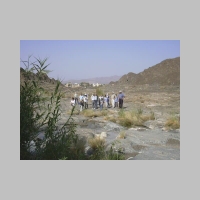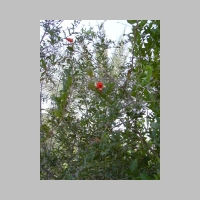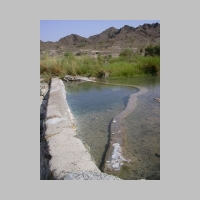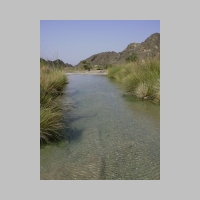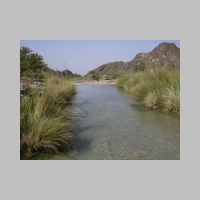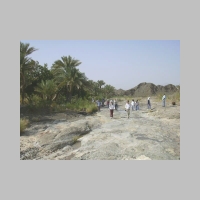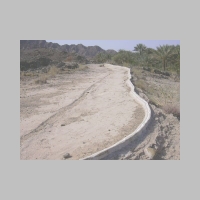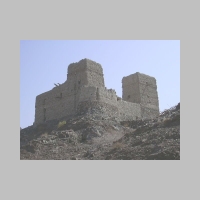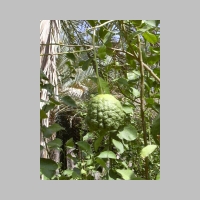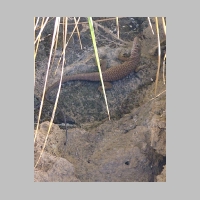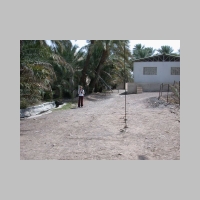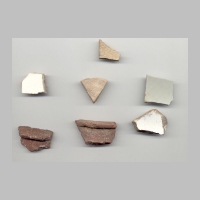Field Trip to Wadi Aboul 19 September 2003
Field Trip to Wadi Aboul 19 September 2003
More than 20 members participated in Friday's trip to Wadi Aboul, one stop on what is known as Debbie's Tour, named for Debbie Handley, one of the chapter's lifetime members. The Tour includes stops at Wadi Aboul, the oasis at Mahdah, and the Al Ain camel souq.
The gates to the wadi were closed when the group arrived Friday morning, so the contingent hiked in to the mudbrick fort, passing one of the few areas still under cultivation in the wadi. In the first fields, the group observed various citrus plants (lemon, lime, orange) along with fodder crops and pomegranate bushes under the canopy of date palms.
There were many minnows in the shallow wadi pools that dotted the wash area between the fort and the village. A shell and fly collected await identification. The group also noticed several toads of the species Bufo arabicus.
The Maidenhair fern (Adiantum capillus-veneris) seemed to have survived the hot summer and was lining a part of old falaj near the fort. The lizard spotted by Geoff and Brigitte was the Jayakar's Oman lizard (Lacerta jayakari).
Water was still flowing in the afflaj on the western side of the wadi; however, there was no evidence of water in the system on the opposite side of the wadi. Farming at Aboul has suffered considerably in recent years owing to the reduction in water flow. There is still some farming beyond the fort.
There was a good crop of maturing sour oranges in the small garden immediately below the fort.
The mudbrick fort, with its distinctive two towers, does not appear to have suffered much damage as a result of the rains earlier this year. The ceilings are still intact and the stairways to the upper floors solid. There were several fan-footed geckos on the ceilings and a solitary bat (common name: mouse-tailed bat; Latin: Rhinopoma muscatellum) flew from room to room ahead of the photographers.
From Aboul, the group moved on to the oasis at Mahdah to see the solar clock. The oasis is in poor condition, perhaps the result of reduced water flows, infestation, low revenue for the dates produced, or a combination of the above. On the perimeter of the oasis, work is continuing to rebuild the mudbrick fort.
A few vehicles reached the camel souq, still a challenge to reach owing to the new border fence and the construction at the Hili/Qattara entrance to Buraimi. A highlight at the souq was a close inspection of a huge black (Saudi) male camel, said by one of the workers to be about 10 years old and available for Dh50,000
|
|
